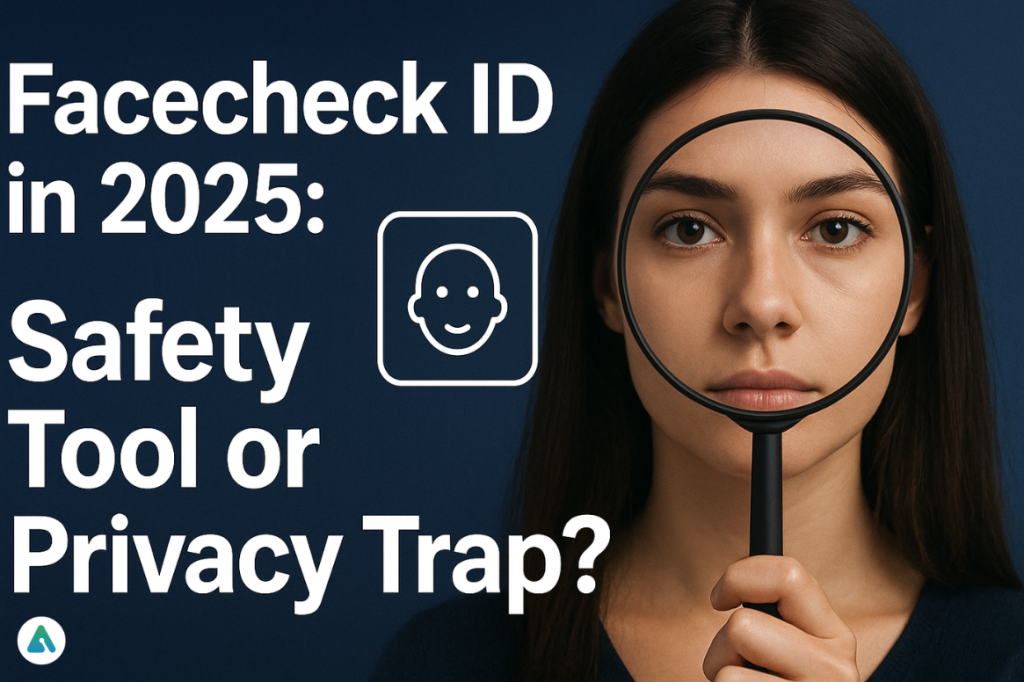Quick Summary
Facecheck ID (or Facecheck.id) is one of 2025’s most talked-about AI tools—a site that lets you upload a photo and instantly search the internet for matching faces. Some call it the next big step in online safety; others see it as a privacy nightmare. This article breaks down how it works, whether it’s safe or legit, and what you need to know before using it.
The Swipe-Right Nightmare That Changed Everything
Imagine this: you meet someone on a dating app who looks perfect. Same city, same hobbies, same Spotify playlist. A friend whispers, “Run that photo through Facecheck.”
Two seconds later—boom. The same face appears on a different profile, a different name, different country.
That’s the world we live in now.
A single selfie can expose everything—from fake accounts to long-lost identities. And at the heart of this new reality sits Facecheck ID, the AI-powered search engine built for faces, not words.
What Exactly Is Facecheck ID (And How It’s Different from Reverse Image Search)
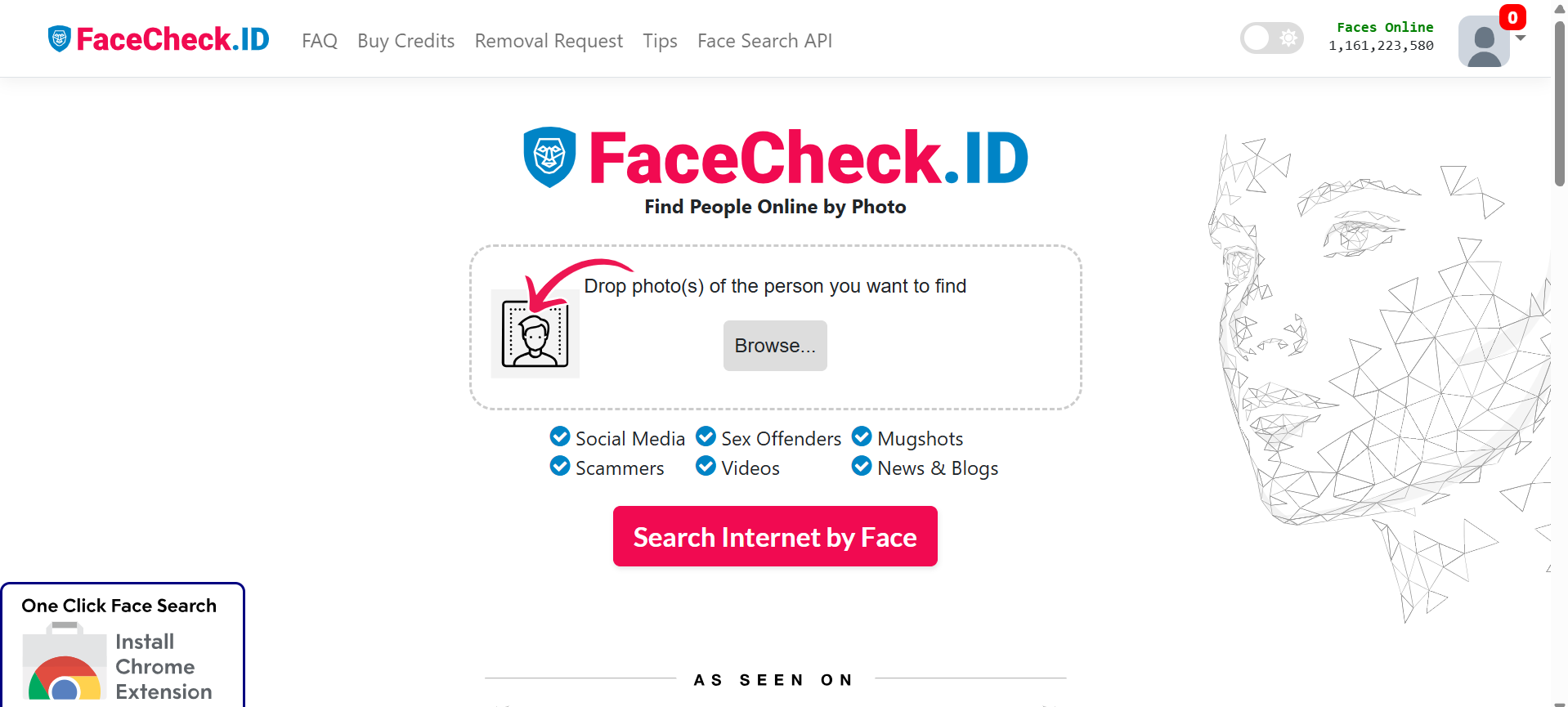
Facecheck ID is an AI facial-recognition search engine that helps users identify people from photos. Think of it like Google Images on steroids: instead of looking for visually similar pictures, it analyzes facial features—eyes, jawline, cheekbones—and hunts for public matches across social media, news sites, and the broader web.
While Google Reverse Image Search and TinEye rely on pixel-to-pixel similarity, Facecheck ID focuses on biometric patterns. The result? It can find a person’s online presence even if their photo was cropped, filtered, or slightly aged.
That’s what makes it both powerful and controversial.
How Facecheck ID Works (The Secret Sauce Explained)
Before you judge it, here’s a simple breakdown of what actually happens behind the scenes when you upload a photo.
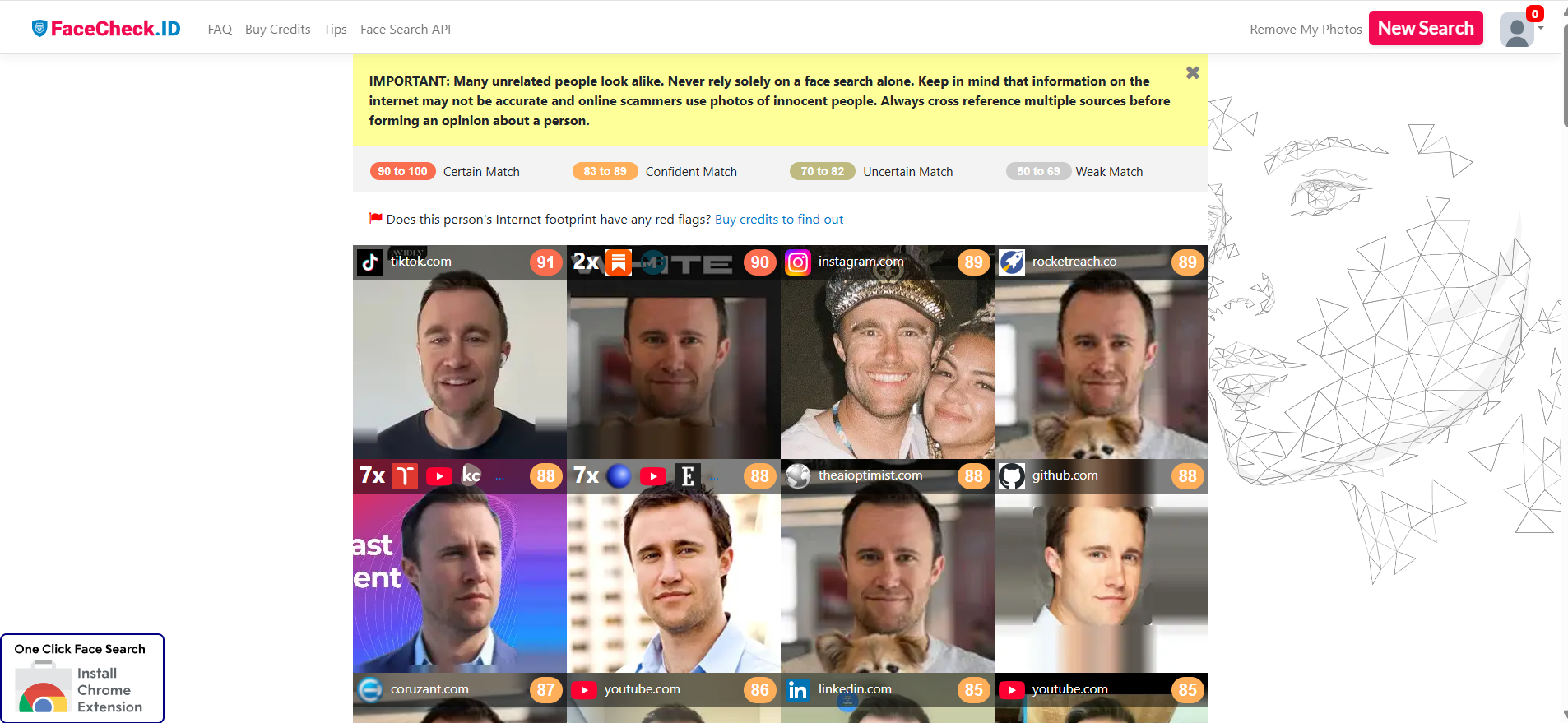
- Upload a photo — any clear image of a face.
- AI facial analysis — the system maps key facial landmarks.
- Cross-web scanning — searches billions of indexed public images.
- Results & profiles — shows links, similar images, and potential identities.
According to user reports, the tool can recognize faces even when lighting or angles change. It’s become popular among:
- People verifying dating profiles (anti-catfishing)
- Journalists checking online identities
- Victims of image theft
- Employers or parents doing background checks
Inside Facecheck ID: Who Built It and Why It’s So Controversial
Facecheck ID is part of a growing wave of AI-driven identity search platforms, sitting alongside FaceSeek, ProFaceFinder, and FaceonLive. The company claims its data comes from publicly accessible sources, though critics note the company’s specific corporate structure remains largely opaque, placing it in a similar category to competitors like PimEyes.
Privacy advocates point out that facial data—unlike an email or username—is biological. You can change your password, but not your face.
The debate centers on this question:
Does technology like Facecheck ID protect users—or expose them?
Is Facecheck ID Legit or Just Another Internet Scam?
Short answer: yes, it’s a real service.
Long answer: legitimacy depends on how you use it.
On forums like Reddit’s r/Catfish and r/Scams, people share both success stories and warnings. Some found long-lost relatives or unmasked fake dating profiles. Others raised red flags about results accuracy or privacy.
Signs that Facecheck ID is legit:
- Active website and app store presence
- Transparent pricing and credit system
- Functioning customer support
- Visible results within minutes
But—just because it works doesn’t mean it’s risk-free.
Is Facecheck ID Safe to Use?
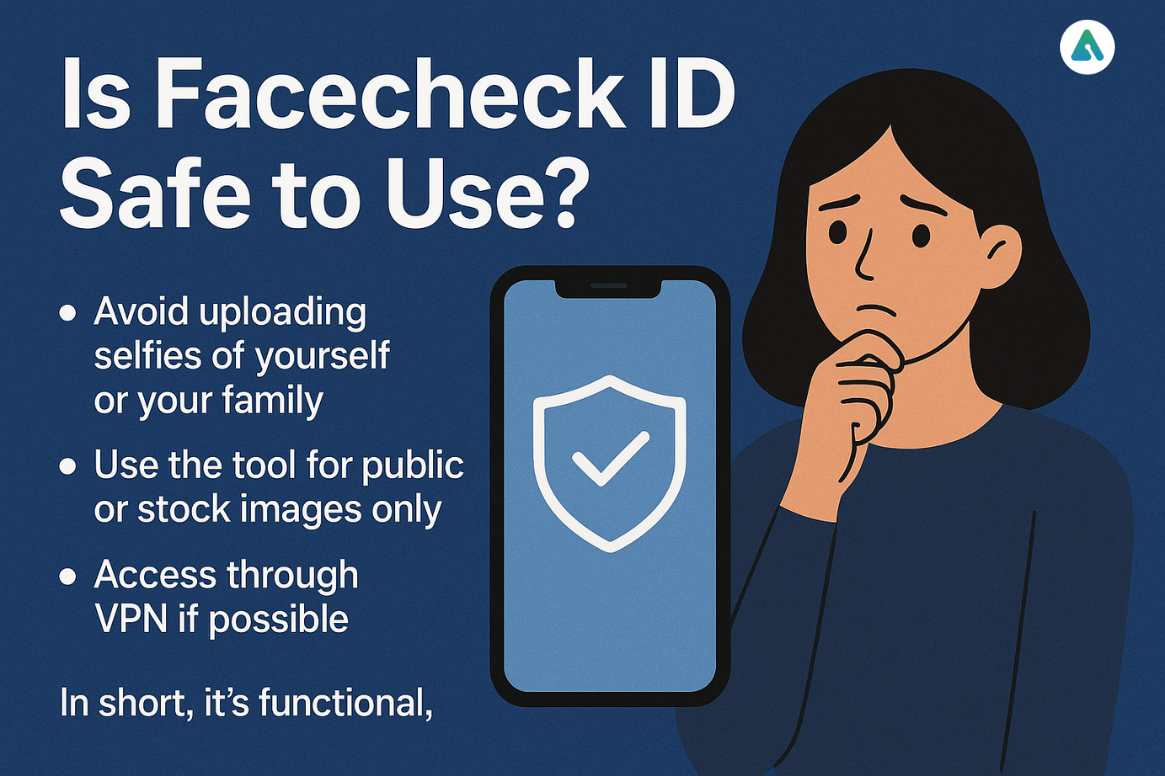
Safety depends on your comfort with data privacy.
When you upload a photo, Facecheck ID claims it is deleted after search completion. However, since there’s no third-party audit, users must take that statement on trust. Cybersecurity experts recommend assuming any uploaded face could theoretically be stored or analyzed for AI training.
Tips for safer use:
- Avoid uploading selfies of yourself or your family
- Use the tool for public or stock images only
- Access through VPN if possible
- Read the site’s privacy policy before uploading
In short, it’s functional, not flawless.
Facecheck ID Free vs. Paid (What You Actually Get)
Facecheck ID offers a freemium model—a handful of searches for free, then paid credits for more detailed results. The free tier can show partial matches but limits deep database access.
| Feature | Free Version | Paid Version |
| Image uploads | 3–5 | Unlimited |
| Match accuracy | Moderate | High |
| Result links | Partial | Full URLs |
| Data deletion control | Automatic | Optional manual |
| Support | None | Priority |
Pricing reportedly starts around $6 for roughly 50 searches (about 300 credits, at approximately $0.02 per credit), with advanced plans scaling up to $10,000 for enterprise use.
If you’re simply testing a suspicious image, the free plan may suffice. For professional or investigative use, paid credits deliver higher-confidence matches.
How to Use Facecheck ID Like a Pro
- Pick a clear image — front-facing, minimal filters.
- Visit Facecheck.id and upload.
- Review match results — focus on context, not just resemblance.
- Validate sources — verify through social links or metadata.
- Delete the uploaded image manually if possible.
| Pro tip: Combine Facecheck ID with Google Reverse Image Search or PimEyes to cross-verify matches before concluding. |
Facecheck ID vs. the Competition (2025 Comparison Table)
| Platform | Free Tier | Privacy | Accuracy | Best Use Case |
| Facecheck ID | ✅ | Medium | ★★★★☆ | Social profile matching |
| FaceSeek | ✅ | Medium | ★★★☆☆ | Quick reverse search |
| ProFaceFinder | ✅ | High | ★★★☆☆ | Business & HR checks |
| PimEyes | ❌ | Medium | ★★★★★ | Deep facial database |
| Google Images | ✅ | High | ★★☆☆☆ | Visual duplicates only |
Each platform has a niche. Facecheck ID shines for social media matches and catfish detection, while others excel in commercial or investigative contexts.
The Ethics Behind the Screen
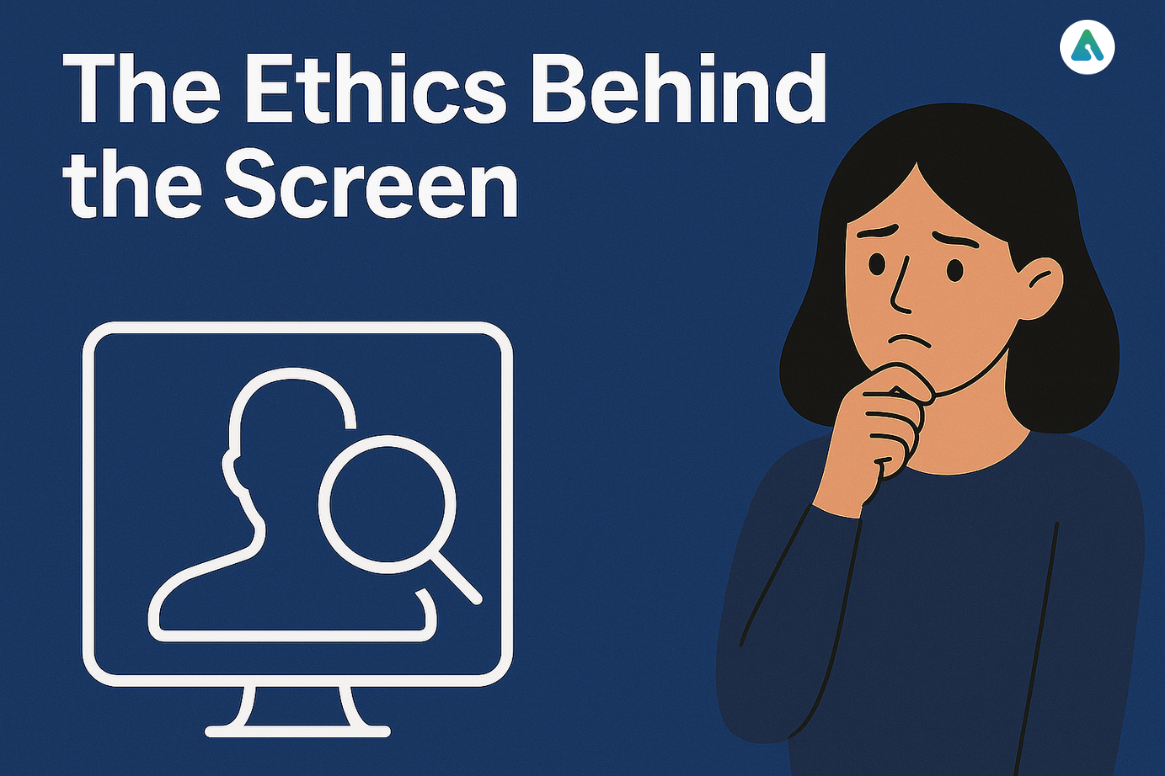
Let’s be real—Facecheck ID raises questions that go beyond tech.
Just because something can be done doesn’t mean it should.
Facial recognition touches issues like:
- Consent: Did the person in that photo agree to be searched?
- Misuse: Could results enable stalking or doxxing?
- Accuracy bias: AI systems can misidentify non-white faces more often.
Regulators are catching up: the EU AI Act and U.S. privacy bills now demand clearer opt-out options for facial data scraping.
Under the GDPR, facial recognition information is classified as “special category data,” meaning it requires heightened protection and explicit consent for lawful processing.
Whether Facecheck ID complies fully remains to be seen.
Real-World Scenarios That Show Both Sides
- The Online Dater: Catches a scammer before meeting in person.
- The Journalist: Identifies the source of a viral misinformation campaign.
- The Photographer: Finds stolen portfolio images used in ads.
- The Activist: Discovers their face circulating without consent.
Every success story has a shadow—proof that this technology can empower or endanger, depending on intent.
Expert Tips: Getting the Most Out of Facecheck ID
- Always pair results with human judgment.
- Treat every hit as a lead, not confirmation.
- Keep screenshots or documentation if using results for reporting.
- Prefer images from public profiles only—never upload someone’s private content.
- If concerned about your digital footprint, try searching your own face and request the takedown of any unauthorized matches.
Facecheck ID Free Alternatives (2025 Options)
If you’re privacy-first or budget-conscious, try these:
| Alternative | Type | Highlights |
| FaceSeek.online | Free facial search | Lightweight, quick, browser-based |
| TinEye.com | Reverse image | Great for finding duplicates, not faces |
| SocialCatfish.com | Identity lookup | Multi-database verification (limited free trial) |
| Google Lens | Visual AI search | Easy on mobile, no biometric layer |
Each offers something different. For quick facial similarity checks, FaceSeek is the closest free alternative to Facecheck ID.
Pros and Cons: The Honest Verdict
Pros
- High-accuracy facial recognition
- Quick, intuitive interface
- Useful for online safety and journalism
- Legitimate, publicly accessible platform
Cons
- Potential privacy risks
- No independent audits
- Limited transparency on data handling
- Ethical gray areas in real-world use
Bottom line: it’s a powerful but double-edged tool. Handle it responsibly.
At a Glance: Facecheck ID in 2025
| Feature | Details |
| Accuracy | 80–95% depending on image quality |
| Pricing | Credit-based (from ≈ $6) |
| Safety | Claims GDPR/CCPA compliance |
| Free Searches | Up to 5 |
| Best For | Dating verification, image theft checks |
| Verdict | Legit, but use cautiously |
FAQs
Q: Is Facecheck ID free?
A: Yes, a limited version is free. For full access, you’ll need credits.
Q: Is Facecheck ID legit or a scam?
A: It’s a legitimate tool, but accuracy and safety depend on responsible use.
Q: Is Facecheck ID safe to use?
A: It’s generally safe, though privacy concerns exist around image uploads.
Q: What are the best Facecheck ID free alternatives?
A: FaceSeek, TinEye, and Social Catfish’s trial mode are popular options.
Q: Does Facecheck ID store your photos?
A: The company says uploads are deleted after processing, but there’s no public audit verifying this.
Final Verdict: The Right Tool for a Dangerous Internet
Facecheck ID isn’t magic—it’s math.
A brilliant yet unsettling equation where curiosity meets surveillance.
Used wisely, it can protect you from deception, scams, and stolen content.
Used carelessly, it can expose personal identities and blur the line between safety and spying.
My Verdict:
Facecheck ID might seem like the perfect tool for catching fake profiles, scammers, and even sex offenders—but the real danger lies in how it affects innocent people.
In 2025, almost everyone uses social media or communication platforms, regularly uploading photos of themselves without realizing how easily that data can be weaponized.
If an account isn’t private, and the user isn’t aware of technologies like this, their privacy can be invaded to an extreme degree—their photos, personal details, and context can be twisted, misused, or exploited.
So who’s responsible? The user? The AI company? Did the platforms allow this data to be scraped in the first place?
The truth is, accountability remains blurry. The technology is running faster than regulation, and innocent digital identities are caught in the crossfire.
Because in 2025, your face isn’t just a feature—it’s your digital fingerprint.
And tools like Facecheck ID remind us just how powerful—and fragile—that fingerprint has become.
Disclaimer: This article is based on publicly available information and independent testing as of October 2025. It is not affiliated with or sponsored by Facecheck ID. Readers are encouraged to verify current policies, pricing, and privacy practices before using any facial recognition tool.
Visit: AIInsightsNews


